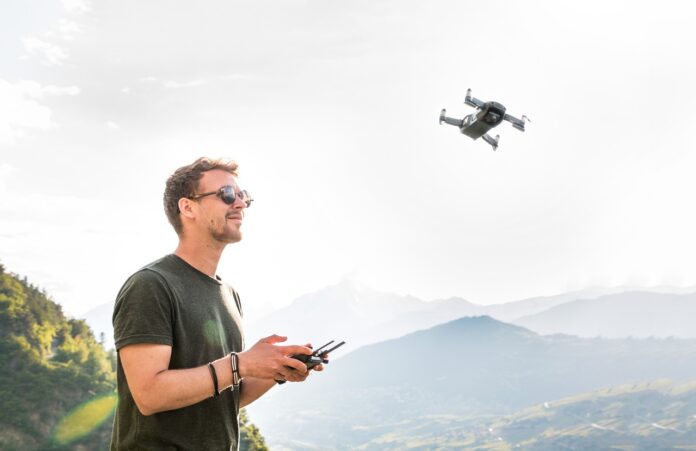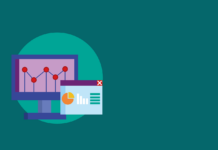The medical drone market is a rapidly growing and evolving sector, with a wide range of applications and opportunities for innovation. In recent years, medical drones have been used for everything from delivering critical medical supplies to remote or hard-to-reach areas, to conducting remote consultations with patients and even performing diagnostic tests.
One of the key trends in the medical drone market is the growing use of drones for delivery purposes. In many parts of the world, access to healthcare is limited due to factors such as geography, infrastructure, or lack of trained medical personnel. Medical drones have the potential to overcome these barriers by providing a quick and efficient way to transport medical supplies and equipment to remote or underserved areas.
Another trend in the medical drone market is the use of drones for remote consultations and diagnostics. Many healthcare professionals are using drones equipped with cameras and other diagnostic tools to conduct virtual consultations with patients, allowing them to receive medical care without having to travel long distances. This is particularly useful in rural areas where access to healthcare may be limited.
In addition to delivery and remote consultations, there are a number of other emerging trends in the medical drone market. For example, drones are being used to transport organs for transplantation, to assist with search and rescue operations, and even to deliver defibrillators to locations where they are needed in case of a cardiac emergency.
Looking to the future, the potential for medical drones to transform healthcare delivery is vast. As the technology continues to advance and become more widely adopted, it is likely that we will see even more innovative and creative applications for medical drones. Whether it is delivering medical supplies to remote areas, conducting virtual consultations, or providing rapid response in emergency situations, medical drones have the potential to revolutionize the way we think about healthcare.
One important trend in the medical drone market is the increasing use of drones for emergency response and disaster relief. In situations where roads may be blocked or impassable, drones can be used to quickly transport medical supplies and equipment to those in need. Additionally, drones can be used for remote medical consultations, allowing patients in underserved or remote areas to access medical care that would otherwise be unavailable to them. Another trend to watch is the use of drones for medical delivery, particularly for medication and vaccines that need to be transported over long distances or in challenging environments. As the technology continues to advance, it is likely that we will see even more innovative uses for medical drones in the future.
It’s also worth noting that the use of medical drones is not without its challenges. One significant issue is the regulatory landscape, as different countries have different laws and regulations governing the use of drones for medical purposes. Ensuring compliance with these regulations can be a complex and time-consuming process, particularly for startups and smaller companies trying to enter the market. Additionally, there are concerns around safety and privacy, as drones can potentially crash or be hacked, potentially putting patients’ personal information at risk. Finally, there is the issue of cost, as medical drones can be expensive to develop, manufacture, and operate, which can be a barrier for some companies trying to enter the market. Despite these challenges, however, the potential benefits of medical drones are significant, and it is likely that we will see continued growth and innovation in this area in the coming years.
There is a significant opportunity for entrepreneurs to enter the medical drone market and develop innovative solutions that can address unmet needs and solve problems in the healthcare industry.
Some potential areas for innovation include:
- Delivery of medical supplies: Medical drones can be used to deliver supplies such as medication, vaccines, and medical equipment to remote or hard-to-reach areas, improving access to healthcare for underserved populations.
- Telemedicine: Medical drones can be equipped with cameras and other sensors, allowing doctors to remotely examine patients and diagnose conditions from a distance. This can be particularly useful in areas with a shortage of healthcare professionals.
- Medical transport: Medical drones can be used to transport patients, particularly in emergency situations where time is of the essence.
- Monitoring and surveillance: Medical drones can be used to monitor patients remotely, allowing healthcare providers to track their progress and intervene if necessary.
Entrepreneurs who are able to successfully navigate the regulatory landscape and address the challenges of cost, safety, and privacy will have a strong opportunity to succeed in the medical drone market.





